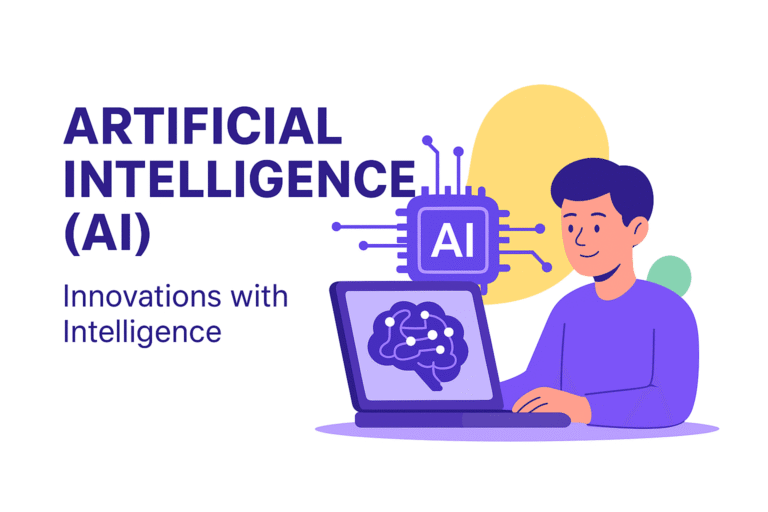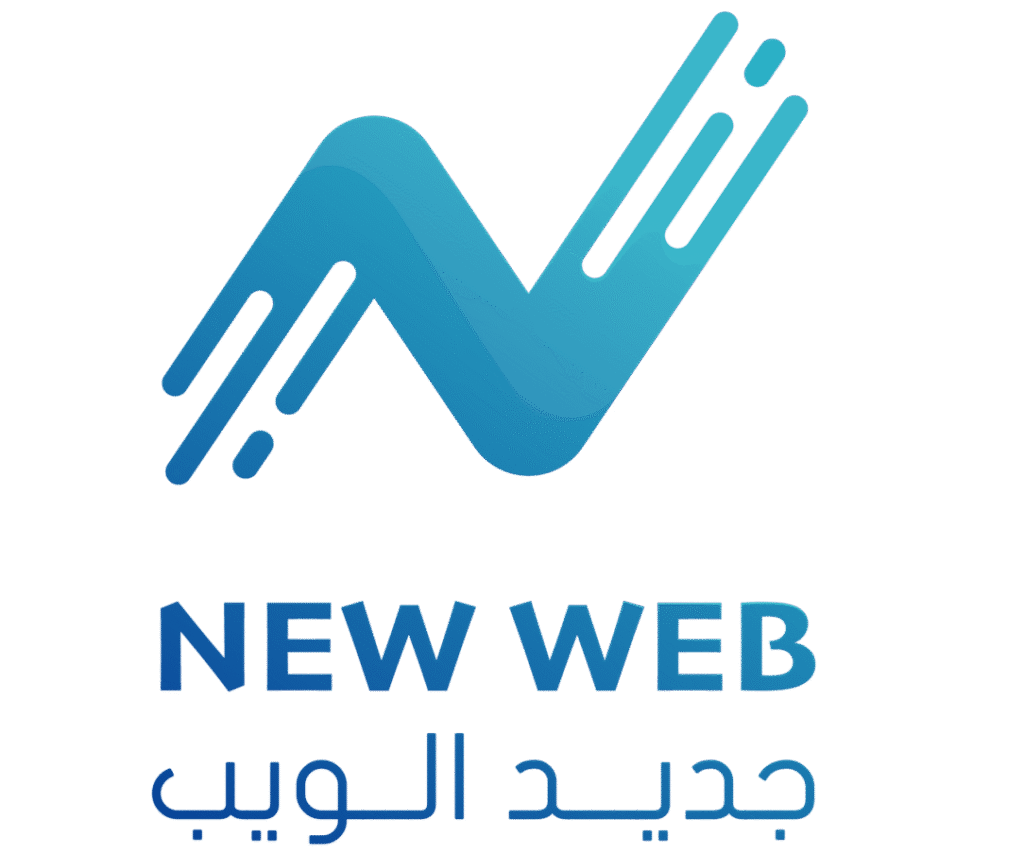At NewWeb, we provide expert insights and services in Database Engineering. Our mission is to help businesses design, manage, and secure their data systems efficiently. A Database Engineer plays a critical role in ensuring that applications run smoothly, data is secure, and systems scale with business growth.

Database Systems
1. Customer Database
User Management Data
-
- Customer profiles and account information
- Registration details (name, email, phone, address)
- Authentication credentials and security tokens
- User preferences and settings
- Account status and subscription levels
- Login history and session data
Customer Relationship Data
-
- Communication history and interactions
- Support tickets and resolution status
- Feedback and ratings
- Purchase history and transaction records
- Customer segmentation and analytics data
2. Product/Service Database
Website Services Data
-
- Web development service packages
- Hosting plans and specifications
- Domain registration and management
- SSL certificates and security services
- Maintenance and support packages
- Custom development solutions
Inventory Management
-
- Service availability and capacity
- Resource allocation and utilization
- Server specifications and configurations
- Software licenses and tools
- Third-party integrations and APIs
3. Project Management Database
Client Projects
-
- Project details and specifications
- Timeline and milestone tracking
- Resource allocation and team assignments
- Budget and cost tracking
- Progress reports and status updates
- Deliverables and documentation
Development Data
-
- Source code repositories and versions
- Testing results and quality assurance
- Deployment histories and configurations
- Performance metrics and monitoring
- Bug tracking and issue management
4. Financial Database
Revenue Management
-
- Invoice generation and billing cycles
- Payment processing and transaction logs
- Revenue tracking and financial reports
- Subscription renewals and cancellations
- Refunds and credit management
- Tax calculations and compliance data
Cost Management
-
- Operational expenses and overhead costs
- Vendor payments and supplier data
- Employee payroll and benefits
- Infrastructure costs (servers, tools, licenses)
- Marketing and advertising expenses
5. Employee Database
Human Resources Data
-
- Employee personal information
- Job roles and responsibilities
- Salary and compensation details
- Performance evaluations and reviews
- Training records and certifications
- Attendance and leave management
Team Management
-
- Project assignments and workload
- Skills and expertise tracking
- Team collaboration and communication
- Access permissions and security roles
- Professional development plans
6. Marketing Database
Lead Management
-
- Prospect information and contact details
- Lead sources and campaign tracking
- Conversion rates and sales funnel data
- Marketing automation workflows
- Email campaign metrics and responses
Digital Marketing Data
-
- Website analytics and user behavior
- SEO rankings and keyword performance
- Social media engagement and metrics
- Content performance and engagement
- Advertising campaign results (PPC, social media)
7. Technical Infrastructure Database
System Configuration
-
- Server specifications and configurations
- Network topology and security settings
- Database schemas and relationships
- Application configurations and environments
- Backup and disaster recovery procedures
Performance Monitoring
-
- System performance metrics and logs
- Error tracking and debugging information
- Security incident reports and responses
- Capacity planning and resource usage
- Uptime and availability statistics
8. Content Management Database
Website Content
-
- Page content and multimedia assets
- Blog posts and articles
- Service descriptions and documentation
- Customer testimonials and case studies
- FAQ and knowledge base articles
Digital Assets
-
- Images, videos, and graphics
- Templates and design assets
- Brand guidelines and style guides
- Marketing materials and presentations
- Legal documents and contracts
9. Communication Database
Internal Communications
-
- Team messaging and collaboration data
- Meeting records and action items
- Internal announcements and updates
- Knowledge sharing and documentation
- Process workflows and procedures
External Communications
-
- Client correspondence and contracts
- Vendor communications and agreements
- Marketing communications and campaigns
- Public relations and media interactions
- Legal and compliance communications
10. Security & Compliance Database
Access Management
-
- User authentication and authorization
- Role-based access controls
- Security policies and procedures
- Audit trails and compliance records
- Incident reports and responses
Data Protection
-
- Data privacy and GDPR compliance
- Backup and recovery procedures
- Encryption keys and security certificates
- Vulnerability assessments and patches
- Compliance documentation and reports
Database Architecture Components
Relational Databases (SQL)
-
- MySQL/PostgreSQL: Primary transactional data
- Customer management system
- Financial and billing system
- Project management system
- Employee and HR system
NoSQL Databases
-
- MongoDB: Document storage for flexible data
- Redis: Caching and session management
- Elasticsearch: Search functionality and analytics
- Firebase: Real-time updates and mobile data
Data Warehouse
-
- Analytics and reporting database
- Business intelligence and dashboards
- Historical data storage
- Performance metrics and KPIs
File Storage Systems
-
- AWS S3/Google Cloud Storage: Media files and documents
- CDN integration: Fast content delivery
- Backup storage: Disaster recovery systems
Data Security & Compliance
Security Measures
-
- Encryption: Data at rest and in transit
- Access controls: Role-based permissions
- Audit logging: All database activities
- Regular backups: Multiple recovery points
- Security monitoring: Threat detection
Compliance Requirements
-
- GDPR: European data protection
- CCPA: California privacy regulations
- PCI DSS: Payment card security
- SOC 2: Security and availability controls
- Industry standards: Web development best practices
Integration & APIs Third-Party Integrations
-
- Payment gateways: Stripe, PayPal, Square
- Email services: SendGrid, Mailchimp
- Analytics: Google Analytics, Mixpanel
- CRM systems: Salesforce, HubSpot
- Cloud services: AWS, Google Cloud, Azure
API Management
-
- RESTful APIs: Data access and manipulation
- GraphQL: Flexible data querying
- Webhooks: Real-time notifications
- Rate limiting: API usage controls
- Documentation: Developer resources

Required Qualifications
Technical Skills
-
- Bachelor’s degree in Computer Science, Information Technology, or related field
- 3+ years of experience in database engineering or administration
- Proficiency in SQL and database design principles
- Experience with relational databases (MySQL, PostgreSQL, SQL Server)
- Knowledge of NoSQL databases (MongoDB, Redis, Elasticsearch)
- Understanding of database performance tuning and optimization
Programming & Tools
-
- Experience with database migration tools and version control
- Knowledge of scripting languages (Python, Bash, PowerShell)
- Familiarity with cloud database services (AWS RDS, Azure SQL, Google Cloud SQL)
- Experience with monitoring tools and database management systems
Professional Skills
-
- Strong analytical and problem-solving abilities
- Excellent communication and collaboration skills
- Attention to detail and commitment to data accuracy
- Ability to work in agile development environments
Preferred Qualifications
-
- Master’s degree in relevant field
- Database certifications (Oracle, Microsoft, AWS, etc.)
- Experience with big data technologies (Hadoop, Spark, Kafka)
- Knowledge of data warehousing and business intelligence
- Experience with containerization (Docker, Kubernetes)
- Background in web application development






